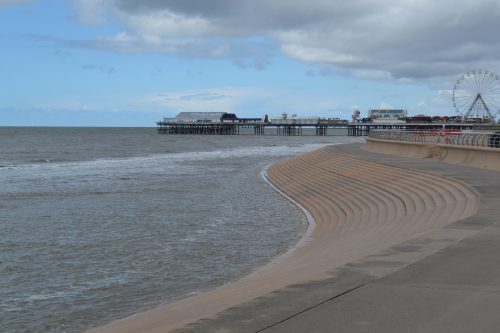
Business English – trends, charts and graphs – part 1
Styczeń 19, 2017 Agata Pruszyńska
Business English – trends, charts and graphs
Last time we finished our series – transport. Today we’re going to focus on Business English and discuss some important matters related to charts and graphs. It’s very useful to know how to describe a chart especially if we’re e.g. in charge of financial results in a company. We’ll start with describing a graph. Then we’ll covered vocabulary connected to upward trend and rapid upward. Are you ready? Let’s get started!
The above graph shows financial results for a certain company. Revenue for the previous year – 2016 is shown on vertical axis. As can be seen from the chart, the beginning of the year 2016 was good. Revenue was gradually increasing. The market rose until June when it reached a peak – revenue soared to 60,000 USD. Over the summer and autumn revenue significantly dropped except for a slight increase in August. In November it bottomed out at 10,000 USD. Company profits for December were better and started to go up. Board of directors hopes that this trend will continue in a new year. Their hopes can be reflected by the economic backdrop which remains healthy: consumer spending is up, interest rates are climbing.
Glossary:
– on vertical axis (na osi pionowej)
– to increase gradually (wzrastać stopniowo)
– to reach a peak (osiągnąć szczyt)
– to soar (gwałtownie wzrosnąć)
– to drop (spaść)
– to bottom out at (osiągnąć najniższy poziom)
– to go up (wzrastać)
– the economic backdrop (tło ekonomiczne)
– climb (wzrastać)
Upward trend
When we talk about upward trends we can use the following verbs:
– go up
– climb
– increase
– rise
– raise = put up
– pick up
– grow, expand
– show an upward trend
Rapid upward
When we talk about rapid upward we can use the following verbs:
– jump
– rocket
– soar
– take off
Hope you like it. Stay tuned for the second part of trends, charts and graphs. Cheers 🙂














